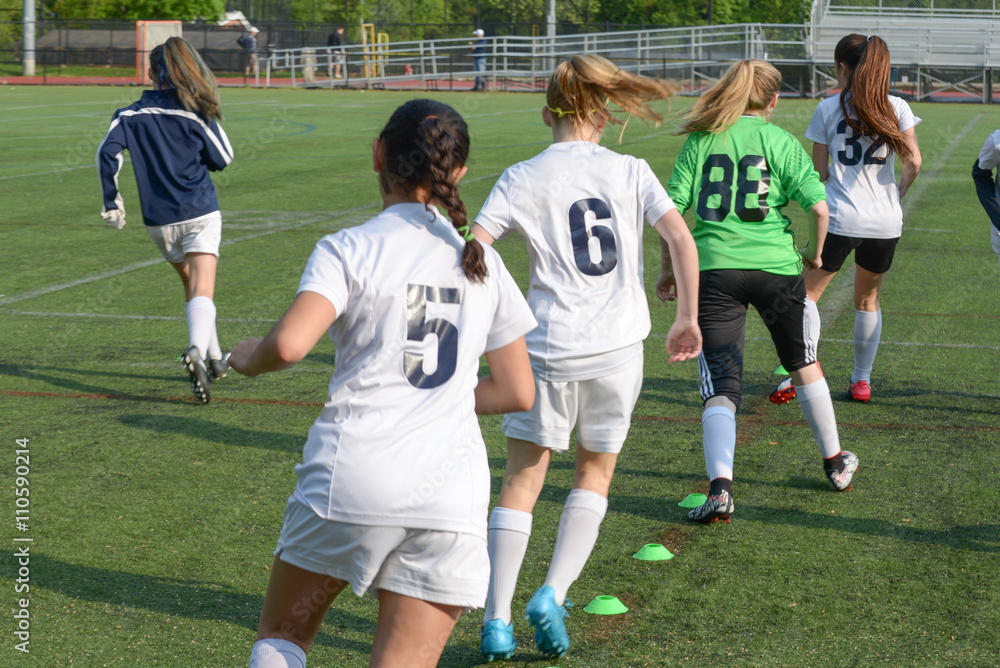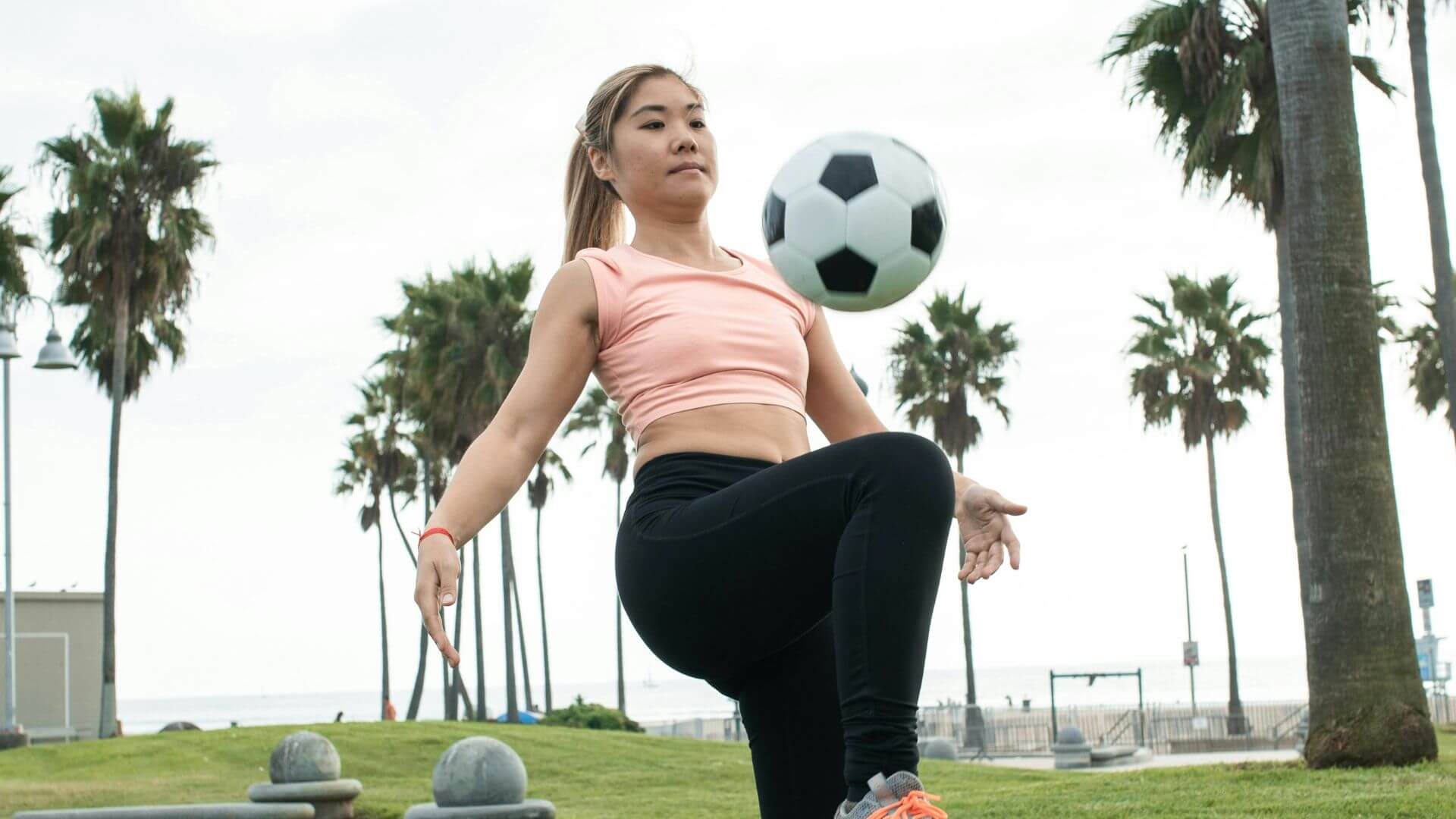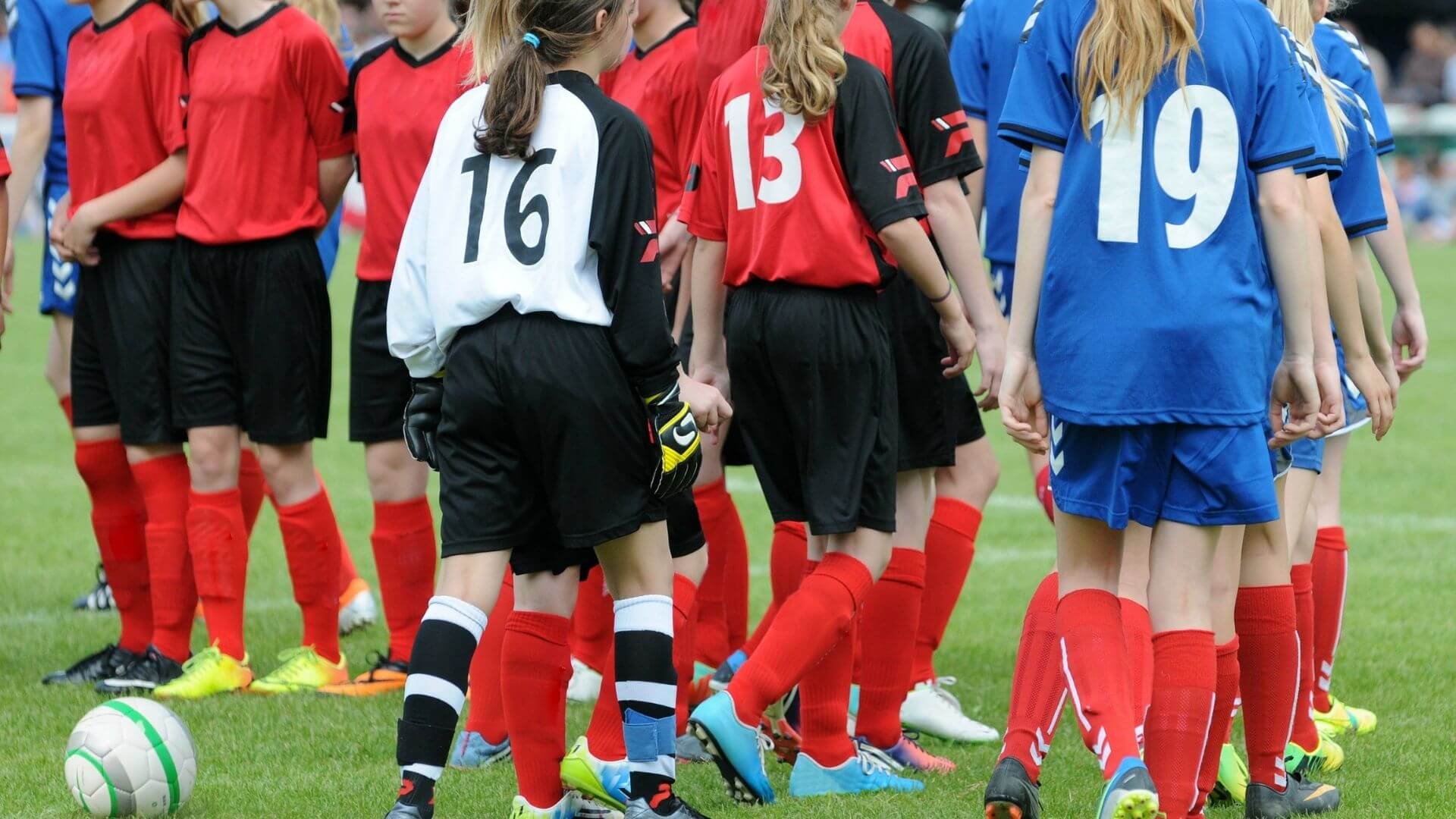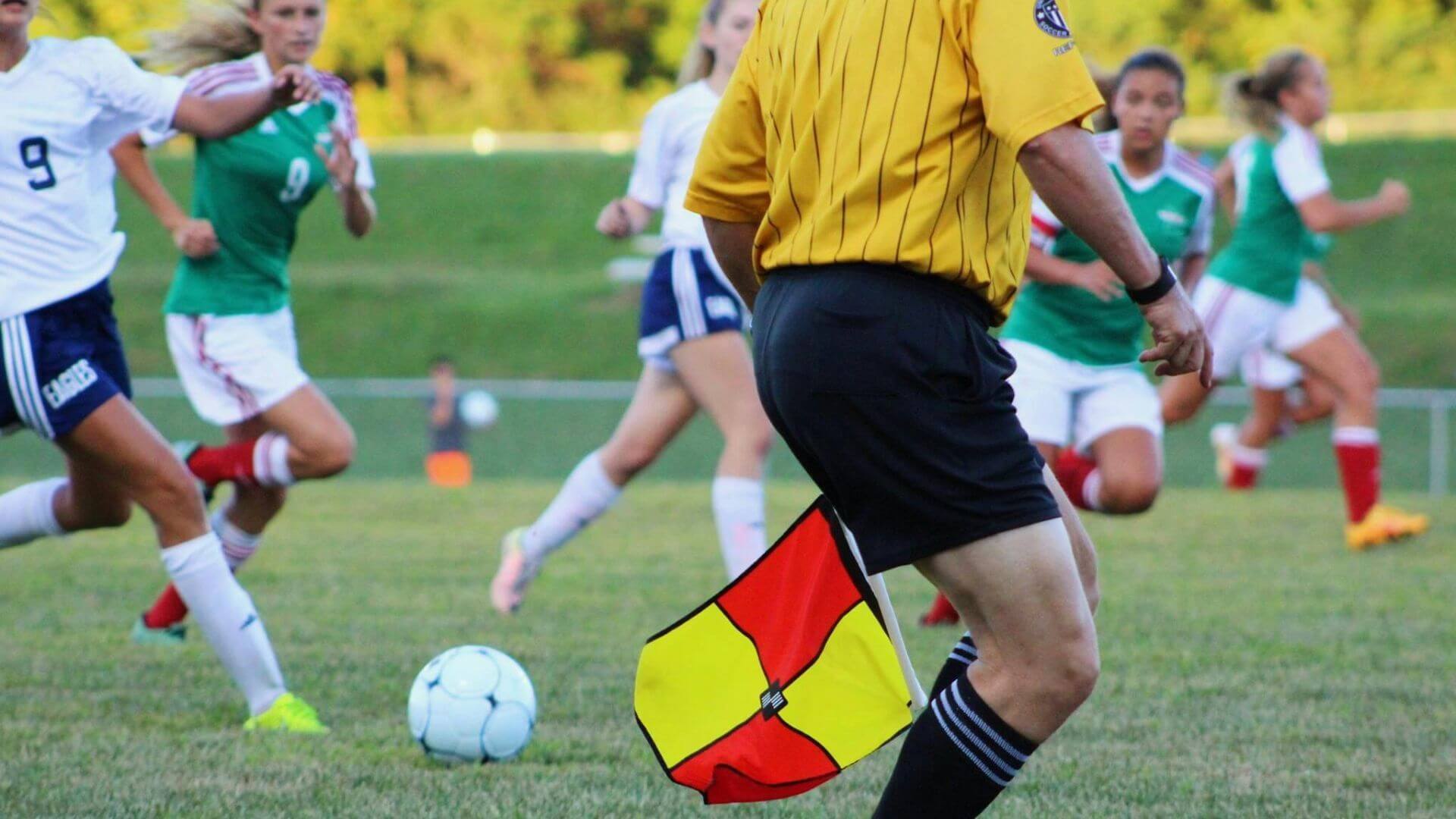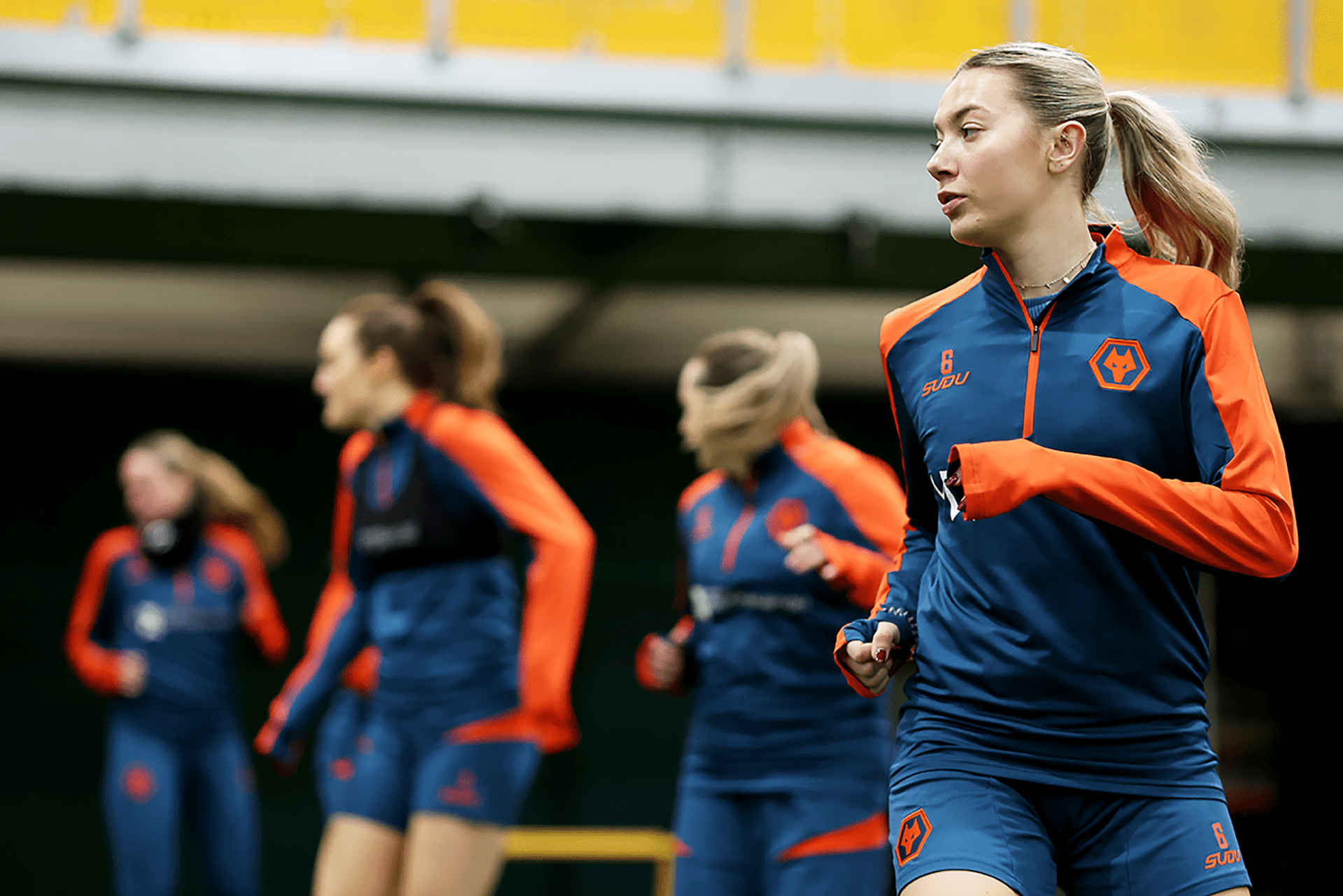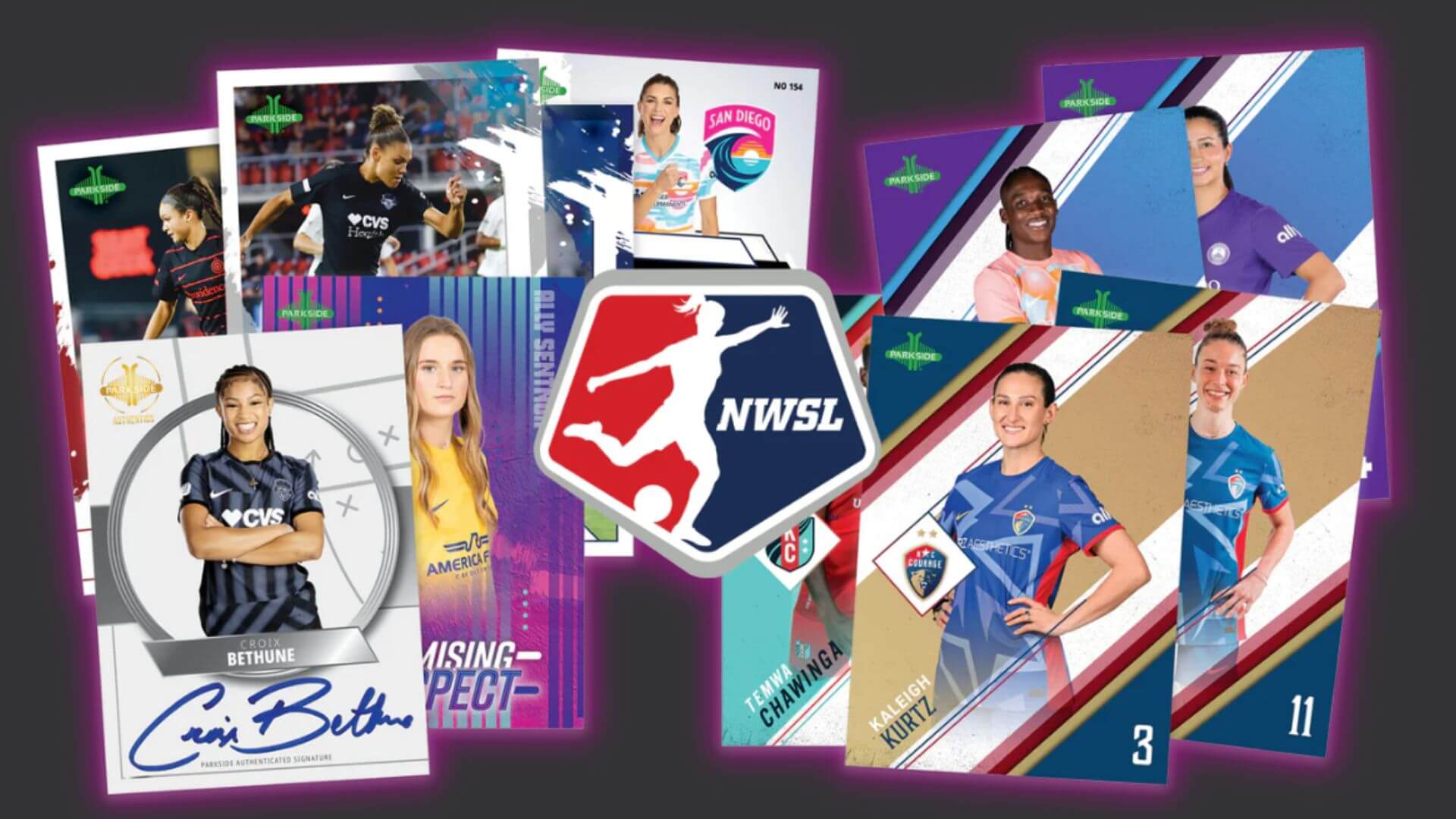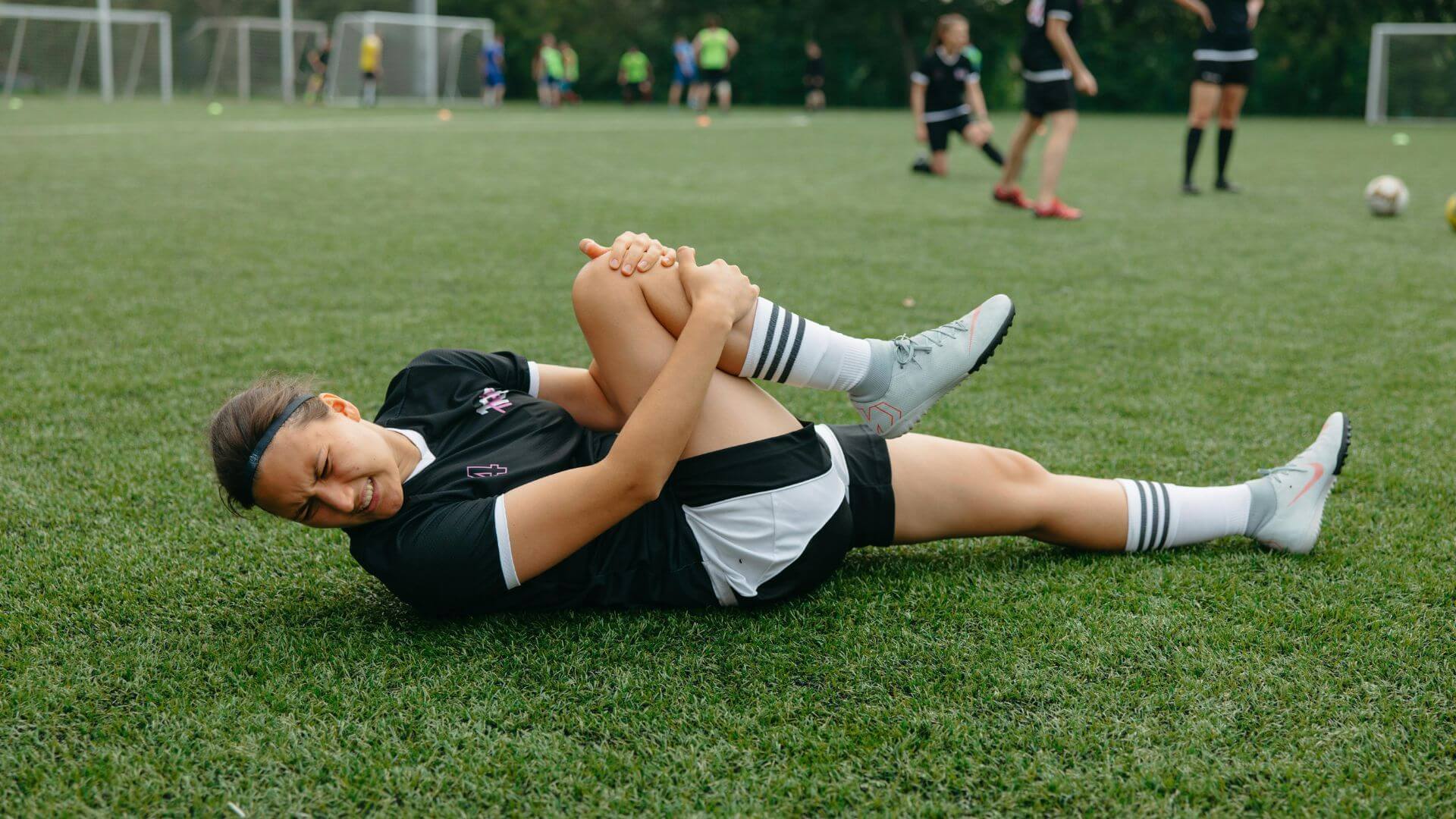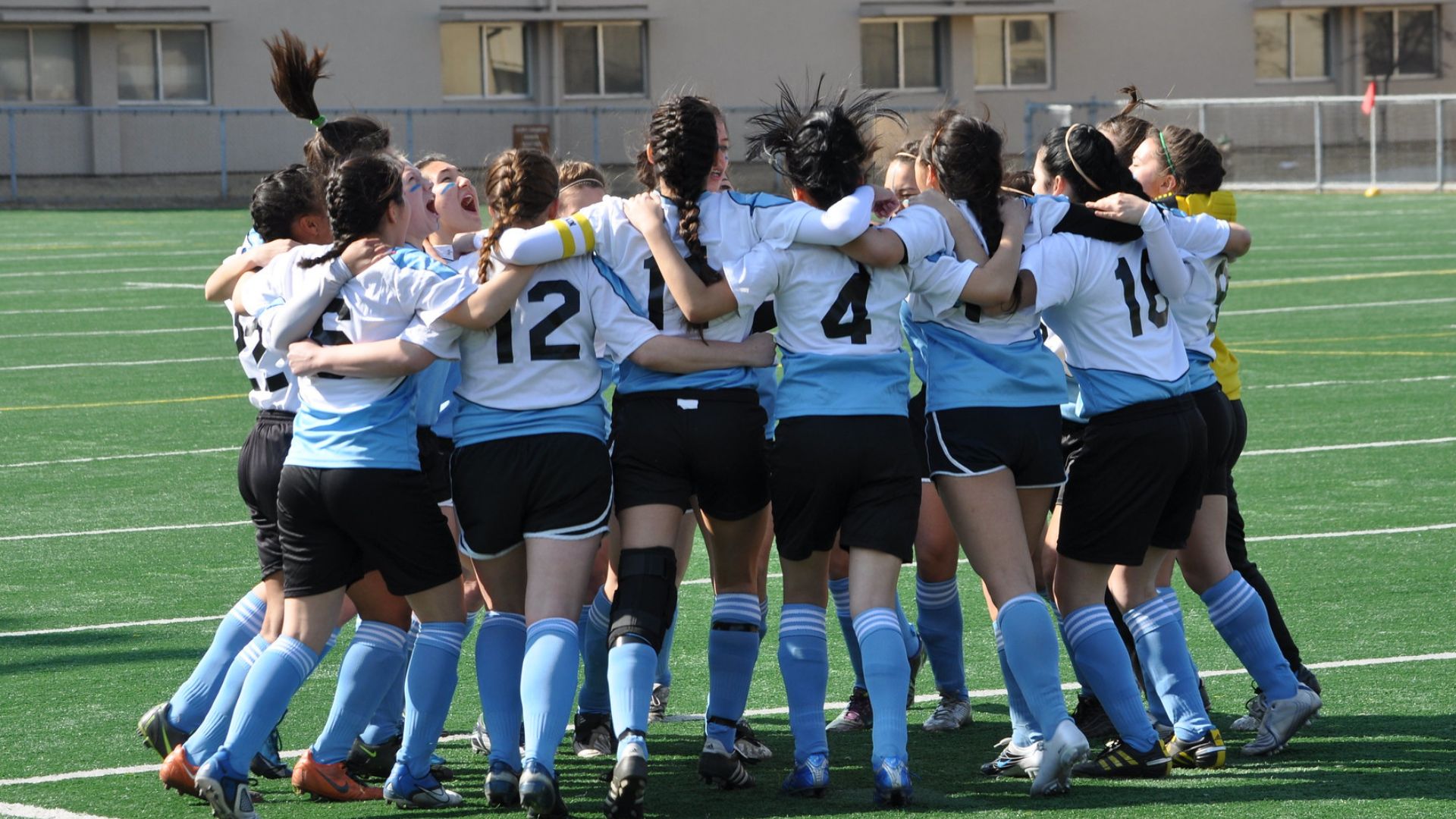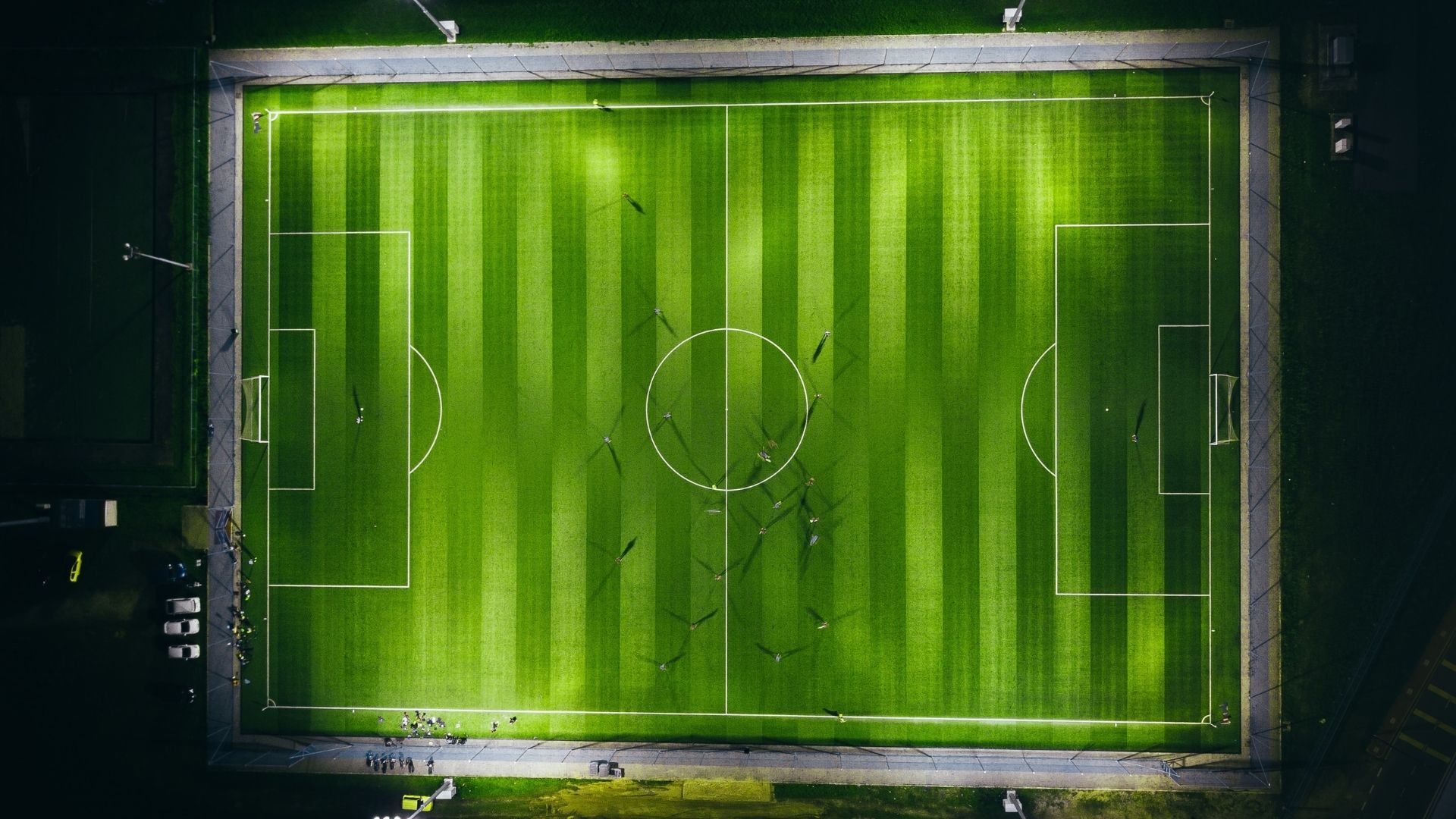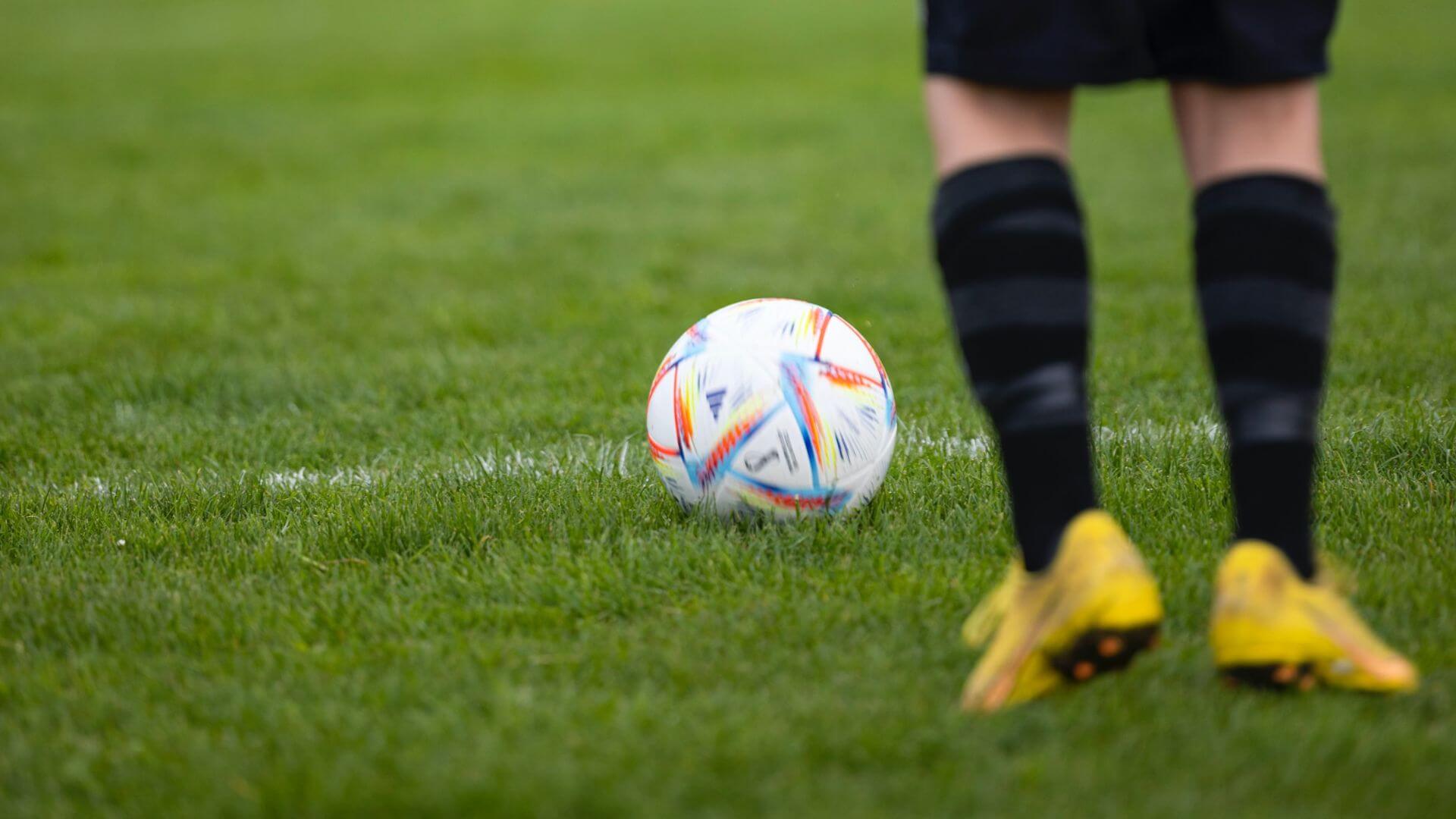The Best Goalkeeper Warmup Routine To Set You Up For Success
Goalkeepers play a unique position and, therefore, require unique warmups to perform at full capacity. Before jumping into any game or training, a player’s body should be properly warmed to reduce the chance of injury. A consistent warmup routine is crucial for loosening muscles and preparing the mind for what’s to come. As we’ve discussed here before, strategic routines lead to game success. Any goalkeeper can feel confident when that kickoff whistle blows by following the warmup activities below. When done correctly, this warmup routine hones a goalkeeper’s form and focus on gameplay.
Dynamic Stretching
Many teams do dynamic stretching, using movement to gently stretch and warm up muscles as a group at the beginning of each training or game. As a goalkeeper, you will benefit from joining the team in these exercises as they effectively stretch your muscles and allow you to mentally synchronize with your team. Even if the team does not perform dynamic stretches, you should still run through your own dynamic stretching. This can include movements such as knee hugs, leg swings, arm circles, Frankenstein walks, power skips, or swinging hips open/closed.
Individual Ball Work
This ball work lets you get your fingers and palms comfortable handling the ball and introduces a range of motion to your arms. Perform ball work in the following order.
- Ground Figure 8s: Standing with feet slightly wider than shoulders, place the ball on the ground. Bending at the waist and keeping fingers nimble, guide the ball around your feet in a figure 8 pattern. Only one hand should touch the ball at a time (i.e., use your left hand to guide the ball around your left foot, then use your right hand to guide the ball around your right foot). Do this until the motion feels natural and smooth. Then, do the figure 8 in the reverse direction.
- Knee Figure 8s: Progress to figure 8s with the ball around your knees, again bending at the waist. The motion is the same as ground figure 8s, only at the knee level rather than foot level. If you drop the ball, pick it up and resume the exercise.
- Waist Circles: Progress to moving the balls in circles around your body, guiding the ball around your waist as if following the line of a small hula hoop. Only one hand should be touching the ball at a time (i.e., use your left hand to arc the ball in a half circle around the left side of your body, then transition to your right to complete the circle around the right side of your body). Do this until the motion feels natural and smooth. Then, do the circle in the reverse direction so that you warm up clockwise and counterclockwise. If you drop the ball, pick it up and resume the exercise.
- Additional motions: Finally, you can do various mini-exercises to ensure you are fully warmed up for ball handling. These exercises include bouncing the ball off the ground and catching it on the rise, volleying the ball straight up off your foot and catching it on the rise, or lobbing the ball in the air and jumping to catch it at the highest point possible.
Partner Ball Work
Adding a partner to the warmup allows for further simulation of game-like scenarios. A recommended progression is provided below.
- Passing: Warmup passing with two-touch passing, one-touch passing, using both feet, or any other variations so you are prepared for accurate ball handling with your feet from back pass situations.
- Throwing and catching: Warm up, collecting the ball by scooping, basket catching, and W-catching the ball. Warmup distribution through rolling and over-arm throwing (windmill throwing) the ball.
- Volleys: Warmup punting accuracy by volleying the ball back and forth to one another. Warm up collecting the ball by securing each volley that comes to you. Volleys should grow increasingly harder and faster to mimic shots.
Distribution
You should warm up distribution like punting/drop-kicks and goal kicks. This can be done in a variety of ways. For example, you can stand a foot or two in front of the goal line and kick directly into the goal, allowing the net to prevent the ball from traveling too far so you won’t waste time fetching the ball. Alternatively, you can distribute back and forth with a partner. You and the partner will want to stand far apart to simulate the distances you will be required to kick in a game.
Diving
Incorporating diving into the warmup prepares you for going to the ground for those fingertip saves. The following cadence provides an effective method to ease into the motion.
- Seated Dive: Dive from a seated position, with a partner tossing and rolling the ball to your right and left.
- Knee Dive: Dive from the knees, with a partner tossing and rolling the ball to your right and left.
- Full Dive: Dive from the feet, with a partner tossing and rolling the ball to your right and left.
When doing diving warmups, it is important to always use proper techniques (e.g., landing on one’s side, diving at a forward angle, etc.).
Shots Stopping
Once you have completed the exercises above, you should feel nimble and ready to face some game-like shots. You and your warmup partner(s) can shoot against one another, providing a wide variety of shots at different angles, distances, trajectories, and pacing. Alternatively, your team can complete their shooting while you shot stop in the goal.
Once you have completed this goalkeeper warmup routine, you should feel agile, loose, and focused. At this point, there is only one thing left to do: play.
Featured image via Pexels
_
GIRLS SOCCER NETWORK: YOUR SOURCE FOR GIRLS SOCCER NEWS

